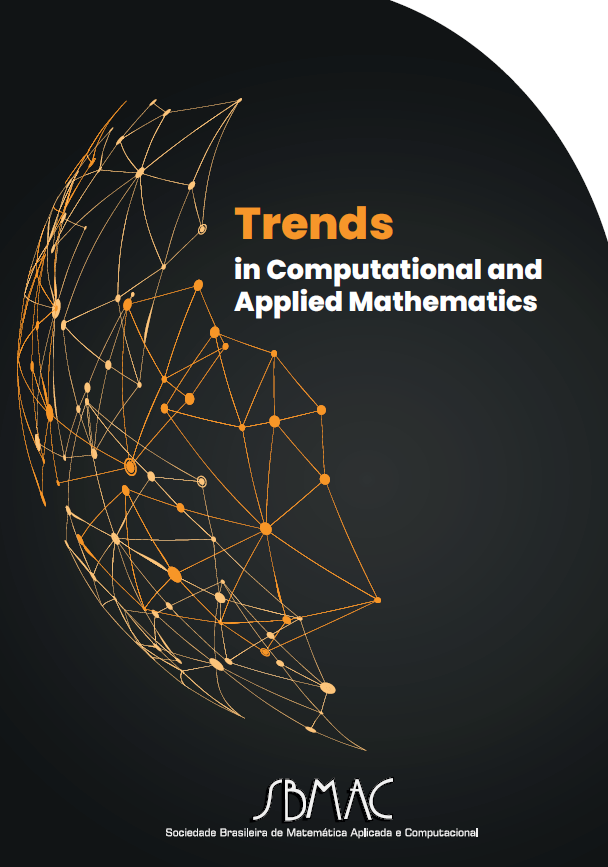
 Trends in Computational and Applied Mathematics
Trends in Computational and Applied Mathematics
|
ORIGINAL ARTICLE A Simplified Kinetic Model for the Tropospheric Ozone Cycle CONCEIÇÃO, J. K. ALVES, T. S. F. MOYA, E. M. D. POZZA, S. A. RODRIGUES, D. S. Abstract in English: ABSTRACT To better understand the dynamics of air pollutants, several mathematical or computational models have been developed and employed. Among the pollutants of interest are those related to the cycle of formation of tropospheric ozone (O3), which involve nitrogen oxides NOx. In this process, there is a sequence of chemical reactions whose most elementary modeling can be described in terms of ordinary differential equations (ODEs), in which the concentrations (in µg/m3) of gases (O, NO, NO2, and O3) are functions of time. A novel study of the model is presented in terms of the qualitative theory of ordinary differential equations, for which the steady state of interest is non-hyperbolic. To study it, the Center Manifold Theorem was used to determine its stability. As for the results, our analytical calculations demonstrate the asymptotic local stability of the steady state, which was also numerically corroborated. Other than this new result of stability, the conclusion is that the simplified model of ozone kinetics with fixed kinetic parameters does not allow the behavior of sustained oscillatory solutions for the referred concentrations of pollutants, requiring other ingredients for this to be feasible. |
|
ORIGINAL ARTICLE On the relative merits of interpolation schemes for the immersed boundary method: a case study with the heat equation LESINHOVSKI, W. C. DIAS, N. L. FREIRE, L. S. JESUS, A. C. F. S. Abstract in English: ABSTRACT In this work, three implementation options for the ghost cell immersed boundary method are compared. These options are alternatives to a rather common implementation of the method that is susceptible to numerical instability in the calculation of the bilinear interpolation in some cases. The method is implemented for a second-order spatial discretization of the heat equation in a non-rectangular domain and the errors for each option are analyzed in terms of the order of accuracy and the way they are distributed in the domain. The best option, which was the only one to maintain the second order of convergence of the discretization, is to consider non-symmetric extrapolation with bilinear interpolation, instead of using inverse distance weighted interpolation with symmetric or non-symmetric extrapolation. |